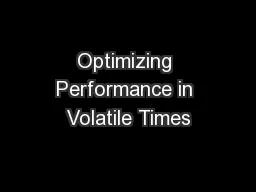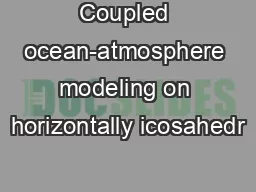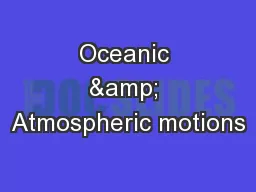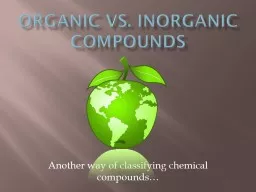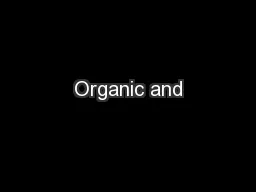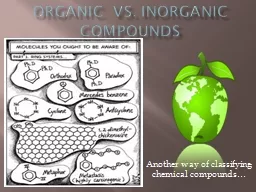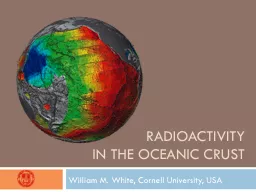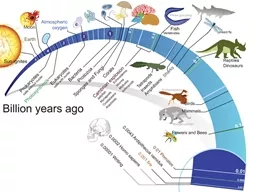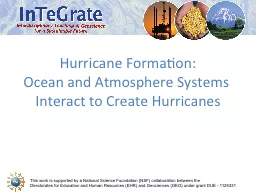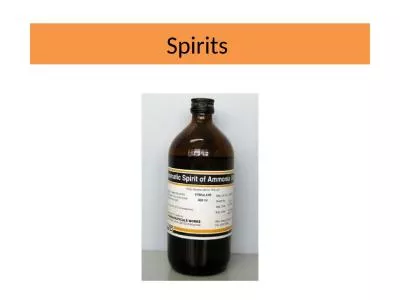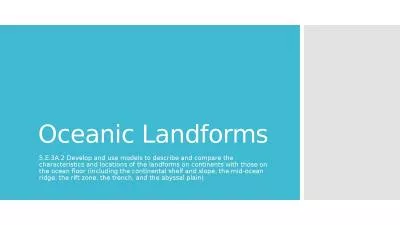PPT-Oceanic Biogenic Volatile Organic Compounds (BVOCs): formation processes and ocean-atmosphere
Author : kittie-lecroy | Published Date : 2019-12-05
Oceanic Biogenic Volatile Organic Compounds BVOCs formation processes and oceanatmosphere exchange Hang Qu Ruixiong Zhang April 16 2014 Outline Introduction OVOCs
Presentation Embed Code
Download Presentation
Download Presentation The PPT/PDF document "Oceanic Biogenic Volatile Organic Compou..." is the property of its rightful owner. Permission is granted to download and print the materials on this website for personal, non-commercial use only, and to display it on your personal computer provided you do not modify the materials and that you retain all copyright notices contained in the materials. By downloading content from our website, you accept the terms of this agreement.
Oceanic Biogenic Volatile Organic Compounds (BVOCs): formation processes and ocean-atmosphere: Transcript
Download Rules Of Document
"Oceanic Biogenic Volatile Organic Compounds (BVOCs): formation processes and ocean-atmosphere"The content belongs to its owner. You may download and print it for personal use, without modification, and keep all copyright notices. By downloading, you agree to these terms.
Related Documents


